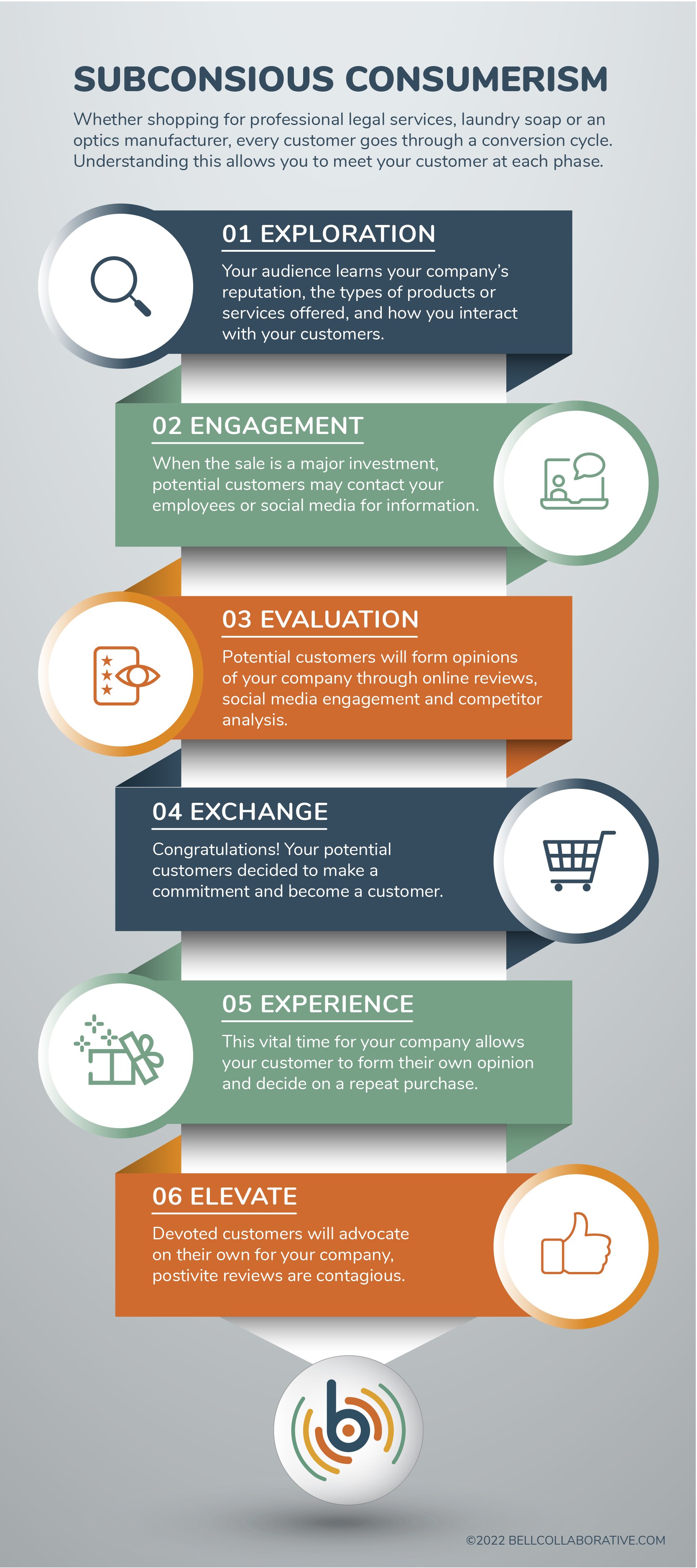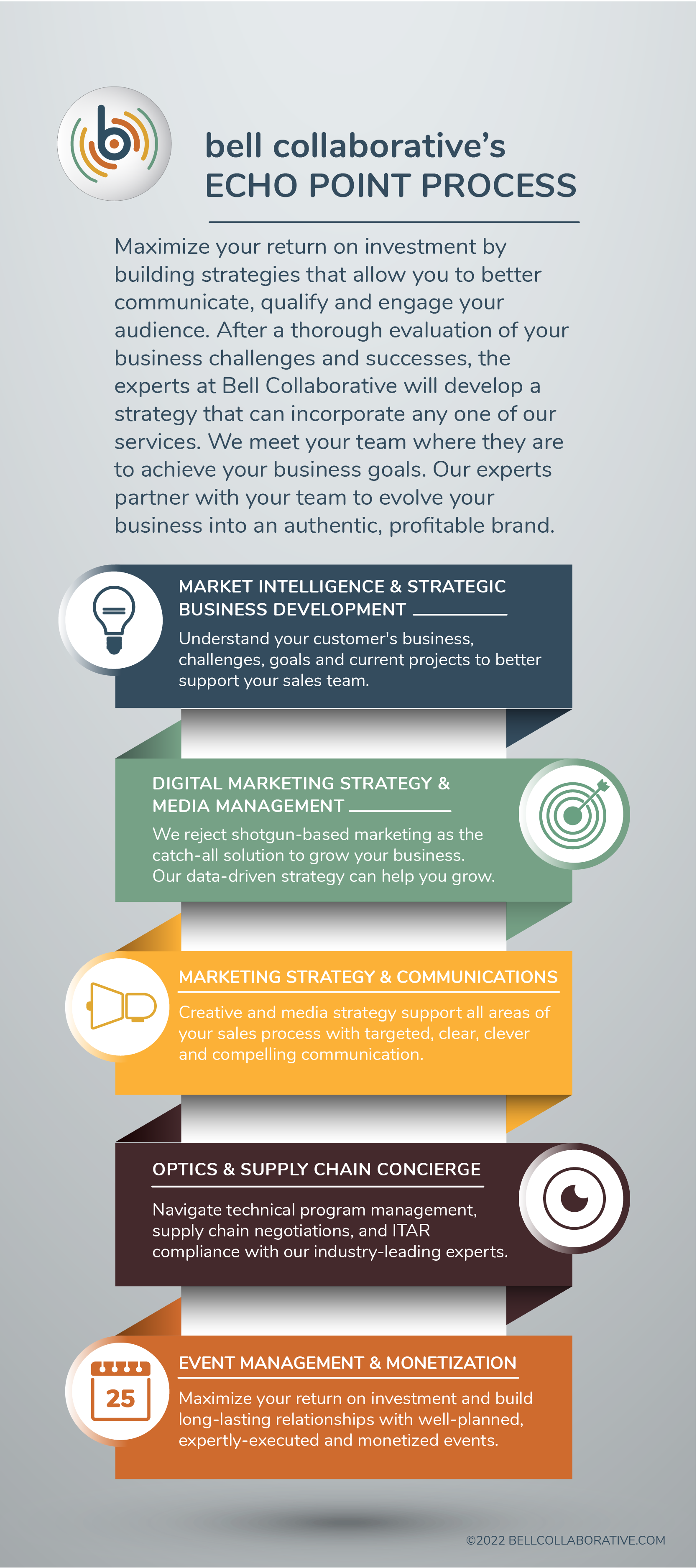Returning to Normal: In-Person Events in a Post-Pandemic World
- Tracy Armstrong
It is time to return to in-person events. Covid is still a dangerous reality, but cases are down. It is time to get back to normal. While it is time to return to in-person events, that does not mean it is time to start ignoring health and safety precautions. Not only are health and safety protocols important for ensuring people’s safety but creating protocols is invaluable for a successful show. A lot of people are still rightfully cautious about returning to in-person events. It is on event hosts to communicate confidence and to prove they care about their attendee’s wellbeing. Only then will attendees feel comfortable enough to attend an event.
Event planning is a lot more complicated and time-consuming in a post-pandemic world. Communication strategies, planning, and on-site procedures are the only way to guarantee a great event. The devil is in the details. Event planners should live by the following rules to ensure their events are successful.
- Create a set plan to anticipate obstacles BEFORE the event:
- Will there be vaccine requirements?
- Will people need to wear masks indoors?
- What is the refund policy?
- What policies does the venue cancellation clause have?
- What is the financial risk should your businesses decide to lockdown again?
- Back up speakers are necessary!
- Go over the plan with management and on-site staff.
- Communicate with guests DURING the event:
- Attendees need to feel confident that the benefits of attending an event outweigh its costs. Covid has made people reluctant to attend events, even now. The host MUST communicate to their attendees that their event is safe and what the health and safety guidelines are. Otherwise, there is a risk that they will not attend.
- Chart the on-site plan for checking in, badges, seating, parking, timing.
- During the event, staff must go out of their way to make attendees feel comfortable and at ease.
- Offer ways for guests to communicate their comfortability with personal engagement. A ribbon could say a guest is okay with handshakes, fist bumps, etc.
- Post venue safety protocols around event space.
- Communicate that the space is large enough to spread out, so there are no large clusters.
- After event policies:
- Ask for feedback via a survey. Use this feedback to improve guest satisfaction at future in-person events.
- Host an internal meeting after the event. This meeting is crucial for reviewing what worked and what did not work after a show.
- Have fun! Take a lot of pictures at your event and post them to your social media channels.
- Highlighting all the positive parts of your event on social media might persuade potential attendees who were too reluctant to show up to your show to come next year.
Returning to in-person events is important. In-person events offer a level of connection and engagement with an audience that is impossible virtually. It is time to get back to normal.



